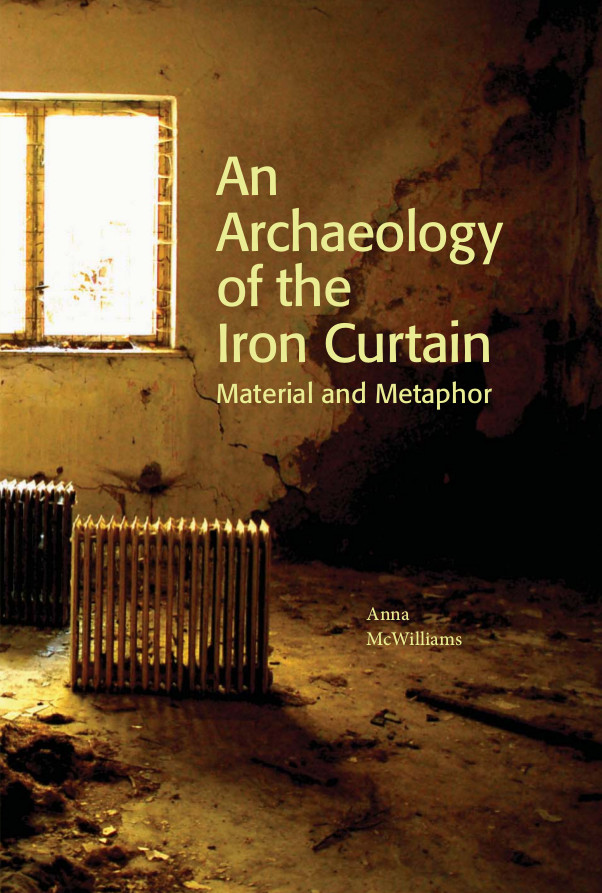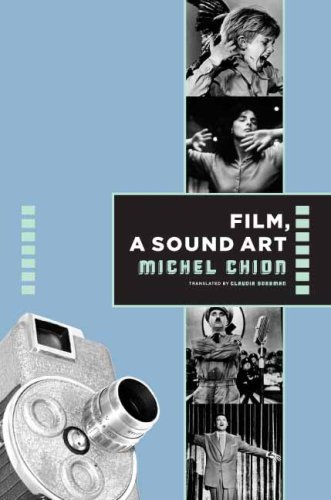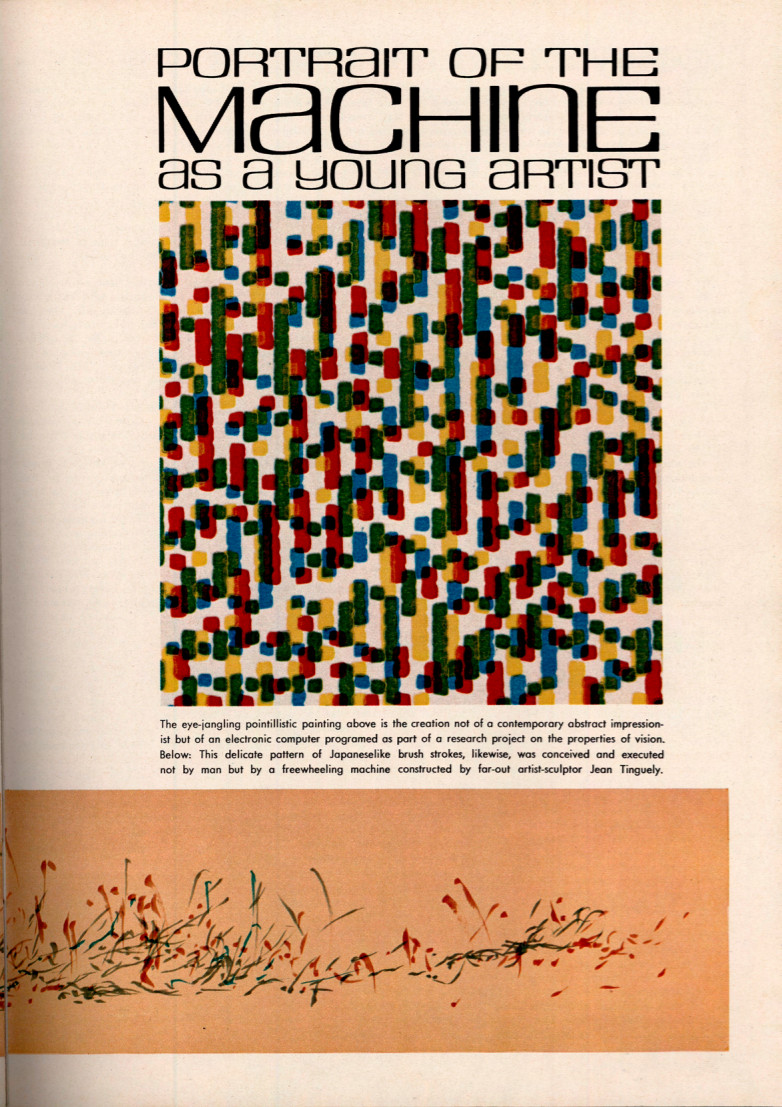Anna McWilliams: An Archaeology of the Iron Curtain: Material and Metaphor (2013)
Filed under book, thesis | Tags: · archaeology, borders, cold war, metaphor

The Iron Curtain was seen as the divider between East and West in Cold War Europe. The term refers to a material reality but it is also a metaphor; a metaphor that has become so powerful that it tends to mark our historical understanding of the period. Through the archaeological study of three areas that can be considered part of the former Iron Curtain, the Czech-Austrian border, the Italian-Slovenian border and the Berlin Wall, this research investigates the relationship between the material and the metaphor of the Iron Curtain.
“This work falls within what is usually referred to as contemporary archaeology, a fairly young sub-discipline of archaeology. Few large research projects have so far been published, and methods have been described as still somewhat experimental. Through the fieldwork it has been possible to acknowledge and highlight the problems and opportunities within contemporary archaeology. It has become clear how the materials stretch both through time and place demonstrating the complex process of how the material that archaeologists investigate can be created.”
Publisher Södertörns högskola, Stockholm, 2013
Open Access
ISBN 9789186069780
239 pages
PDF (6 MB)
Comment (0)Michel Chion: Film, a Sound Art (2003/2009)
Filed under book | Tags: · aesthetics, audiovisual, cinema, film, film history, film sound, film theory, hearing, listening, music, noise, poetics, sound, sound studies, time, voice

“French critic and composer Michel Chion argues that watching movies is more than just a visual exercise—it enacts a process of audio-viewing. The audiovisual makes use of a wealth of tropes, devices, techniques, and effects that convert multiple sensations into image and sound, therefore rendering, instead of reproducing, the world through cinema.
The first half of Film, A Sound Art considers developments in technology, aesthetic trends, and individual artistic style that recast the history of film as the evolution of a truly audiovisual language. The second half explores the intersection of auditory and visual realms. With restless inventiveness, Chion develops a rhetoric that describes the effects of audio-visual combinations, forcing us to rethink sound film. He claims, for example, that the silent era (which he terms “deaf cinema”) did not end with the advent of sound technology but continues to function underneath and within later films. Expanding our appreciation of cinematic experiences ranging from Dolby multitrack in action films and the eerie tricycle of Stanley Kubrick’s The Shining to the way actors from different nations use their voices and words, Film, A Sound Art showcases the vast knowledge and innovative thinking of a major theorist.”
First published as Art sonore, le cinema, 2003
Translated by Claudia Gorbman
Publisher Columbia University Press, 2009
ISBN 0231137761, 9780231137768
536 pages
via johnsonleow
Reviews: Knakkergaard (MedieKultur, 2010), Whittington (Music, Sound, and the Moving Image, 2010), Jaeckle (Quarterly Review of Film and Video, 2011).
PDF (Index missing, 58 MB, no OCR, updated on 2023-3-9)
Comment (1)J. R. Pierce: Portrait of the Machine as a Young Artist (1965)
Filed under essay | Tags: · art, computer art, computer music, computing, film, literature, machine, music

“Mechanistic muses are expanding their domain to encompass every facet of creative activity.”
In this article published in the June 1965 issue of Playboy, Bell Labs engineer, communications satellite pioneer and science fiction writer John R. Pierce introduces the work done in computer music, literature, film, and visual art, and issues an invitation to artists to explore and “school” the computer to yield new paths.
Published in Playboy 12(6), 1965, pp 124-5 & 150 & 182 & 184
via Forum on the Genealogy of MediaThinking (the website contains many scans of essays on media theory and archaeology)
PDF (14 MB)
See also:
Grace Glueck’s criticism of computer art, Portrait of the Artist as a Young Computer, New York Times, 1983.
More writings by Pierce.

